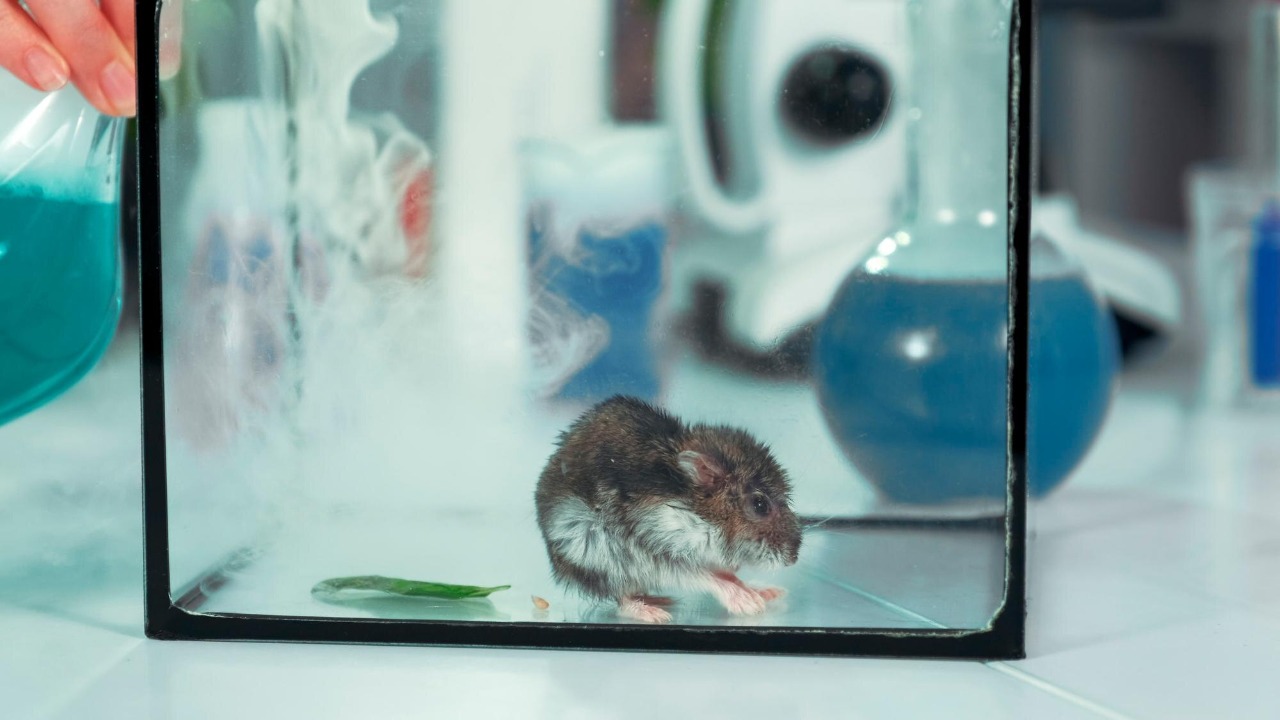
The creation of a woolly-mouse embryo marks a significant leap in the field of de-extinction, bringing us one step closer to reviving the iconic woolly mammoth. By combining advanced gene-editing techniques with cutting-edge reproductive technologies, scientists have embarked on a groundbreaking journey to bring extinct species back to life.
The Science Behind De-Extinction
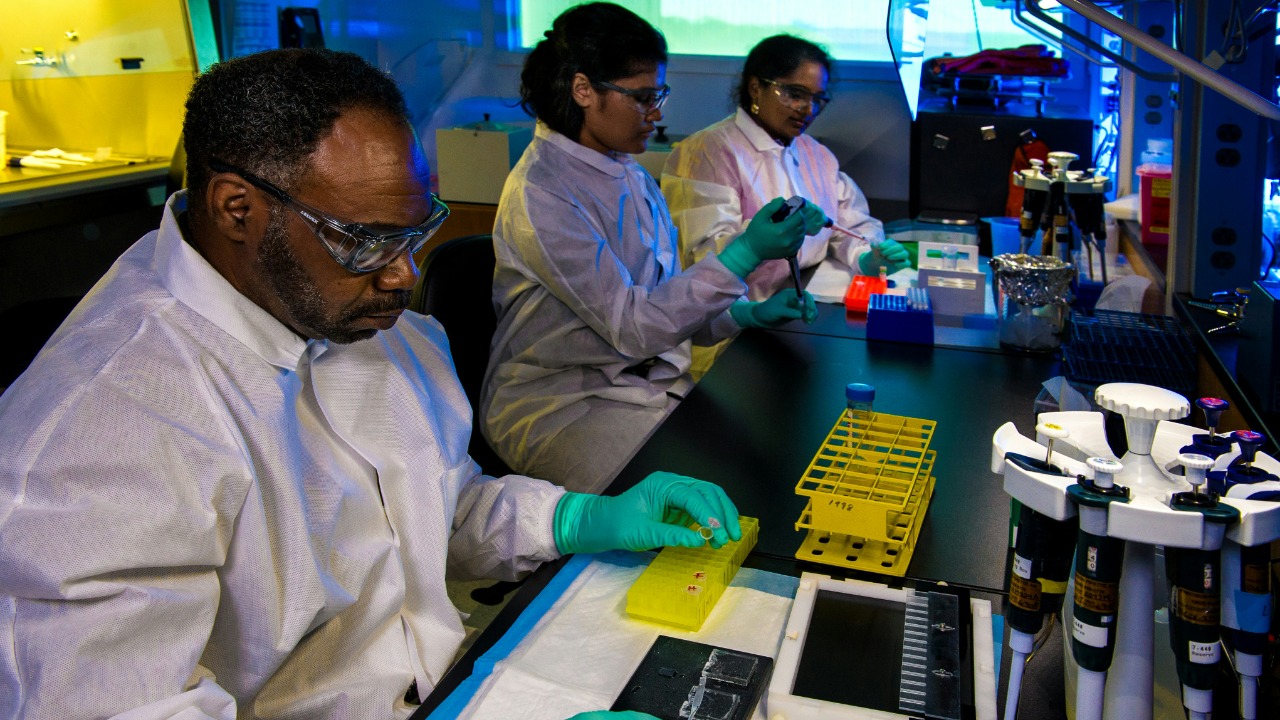
Gene Editing Techniques
The cornerstone of de-extinction efforts is gene editing, primarily using the revolutionary CRISPR-Cas9 technology. This tool allows scientists to make precise changes to DNA sequences. In the case of the woolly-mouse embryo, researchers have used CRISPR-Cas9 to integrate woolly mammoth genes into the genome of a living mouse. By targeting specific genes responsible for traits like cold resistance and thick fur, scientists have taken crucial steps toward recreating the genetic blueprint of the woolly mammoth.
Other genetic tools also play a role in this complex process. For instance, TALEN and ZFNs are alternative gene-editing technologies that can complement CRISPR-Cas9. Each of these tools has its strengths and limitations, and their combined use can enhance the precision and effectiveness of gene editing. The integration of woolly mammoth genes into a mouse genome is a remarkable demonstration of how far these technologies have come, representing a pivotal moment in genetic science.
Reproductive Technologies
Once the genetic material has been altered, the next step involves sophisticated reproductive technologies. In vitro fertilization (IVF) is a critical component of this process. Scientists create embryos in a laboratory setting by fertilizing an egg with sperm, ensuring the successful integration of the edited genes. This approach has been used extensively in animal breeding programs, but its application in de-extinction is a novel advancement.
After successful fertilization, the embryo is implanted into a surrogate mother, in this case, a mouse. This step presents its own set of challenges, including the selection of suitable surrogate species and managing potential immune responses to the foreign DNA. The creation of a viable woolly-mouse embryo demonstrates the viability of these reproductive technologies in bridging the gap between genetic editing and the birth of a living organism.
The Woolly-Mouse Embryo: A Milestone Achievement
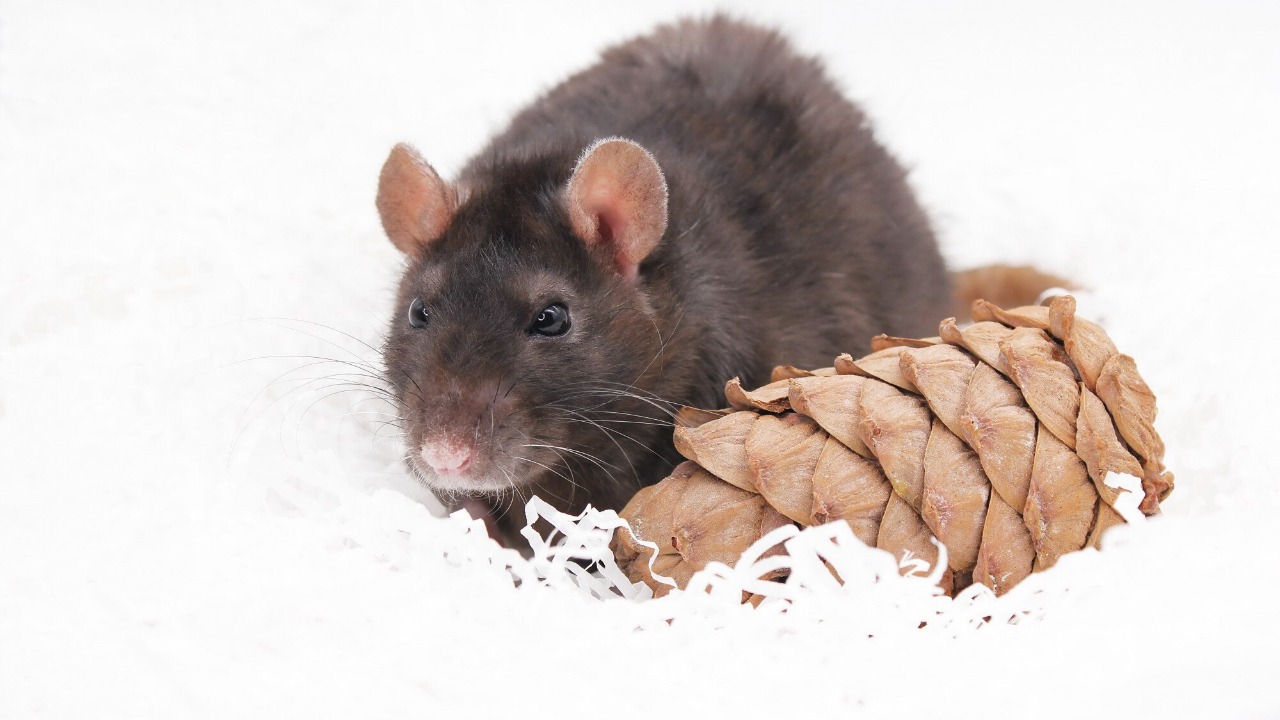
Development Process
The journey from conception to the creation of the woolly-mouse embryo involved several critical phases. Initially, researchers focused on identifying and isolating the specific genes that contribute to the woolly mammoth’s unique characteristics. These genes were then carefully inserted into the mouse genome using CRISPR-Cas9. This phase required meticulous attention to detail to avoid off-target effects that could compromise the embryo’s health.
Once the genetic editing was complete, the fertilized egg underwent in vitro fertilization and was implanted into a surrogate mouse. Throughout the gestation period, scientists closely monitored the embryo’s development, addressing any complications that arose. The successful birth of the woolly-mouse embryo marked a significant milestone, overcoming numerous scientific hurdles and validating the techniques used.
Significance for Mammoth Revival
The creation of the woolly-mouse embryo is not just a scientific achievement but also a proof of concept for future mammoth de-extinction efforts. By demonstrating the feasibility of integrating woolly mammoth genes into a living organism, researchers have laid the groundwork for more ambitious projects. The ultimate goal is to apply these techniques to create a living woolly mammoth or a close hybrid, which could roam the Earth once again.
This achievement also highlights the potential for de-extinction technologies to address broader scientific questions. By studying the woolly-mouse, researchers can gain insights into the evolutionary adaptations of woolly mammoths and explore the genetic basis of their unique traits. This knowledge could inform conservation strategies for other endangered species, offering new tools to preserve biodiversity.
Ethical and Environmental Considerations

Ecological Impact
The prospect of reintroducing extinct species into modern ecosystems raises significant ecological questions. The woolly mammoth, for example, once played a crucial role in its environment, and its return could have both positive and negative impacts. On the one hand, the reintroduction of such species could help restore ecological balance and enhance biodiversity. On the other hand, it could disrupt existing ecosystems, leading to unforeseen consequences.
Understanding the potential ecological impact of de-extinction is vital for making informed decisions. Researchers must carefully assess the carrying capacity of modern habitats, potential competition with existing species, and the risk of introducing new diseases. These considerations are essential to ensure that de-extinction efforts align with broader conservation goals and do not inadvertently harm the ecosystems they aim to restore.
Ethical Debates
The ethical implications of de-extinction are equally complex. Critics argue that bringing extinct species back to life raises moral questions about playing God and interfering with natural evolutionary processes. There are also concerns about the welfare of de-extinct animals, which may face challenges adapting to modern environments and could suffer from unforeseen health issues.
Proponents, however, see de-extinction as a valuable tool for correcting past human-caused extinctions and preserving endangered species. The ethical debate underscores the need for a thoughtful approach that considers both the potential benefits and risks. Engaging with diverse perspectives, including ethicists, ecologists, and the public, is crucial to navigating these complex issues.
Future Prospects and Challenges
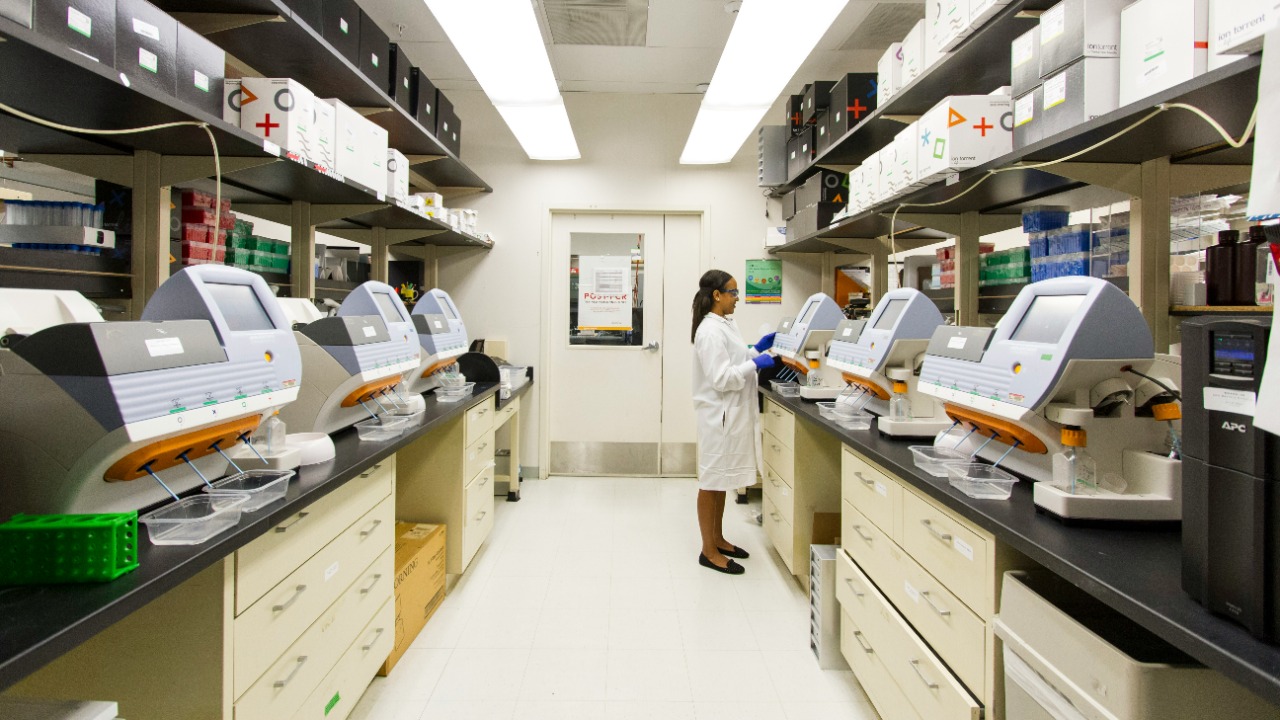
Technological Advancements Needed
While the creation of the woolly-mouse embryo is a significant step forward, further technological advancements are necessary to achieve full de-extinction. One of the primary challenges is scaling up the techniques used in mice to larger and more complex organisms like the woolly mammoth. This requires refining gene-editing technologies to ensure precision and safety in more intricate genomes.
Additionally, developing suitable surrogate species for larger animals poses a significant hurdle. Researchers must identify animals that can carry and nurture de-extinct embryos to term. Advances in artificial womb technology could offer a solution, providing a controlled environment for embryo development without the need for a surrogate mother. These innovations are crucial for realizing the ambitious goal of bringing extinct species back to life.
Long-term Goals and Timelines
The timeline for achieving de-extinction is uncertain, with estimates ranging from decades to centuries. The complexity of the challenges involved means that progress may be incremental. However, the success of the woolly-mouse embryo offers hope that these timelines could be accelerated as technologies improve and more resources are dedicated to the effort.
The long-term goals of de-extinction extend beyond simply reviving individual species. Researchers aim to develop a comprehensive understanding of how to integrate de-extinct animals into existing ecosystems and ensure their survival. This will require ongoing research, collaboration across disciplines, and a commitment to ethical and sustainable practices.
The Broader Implications for Conservation
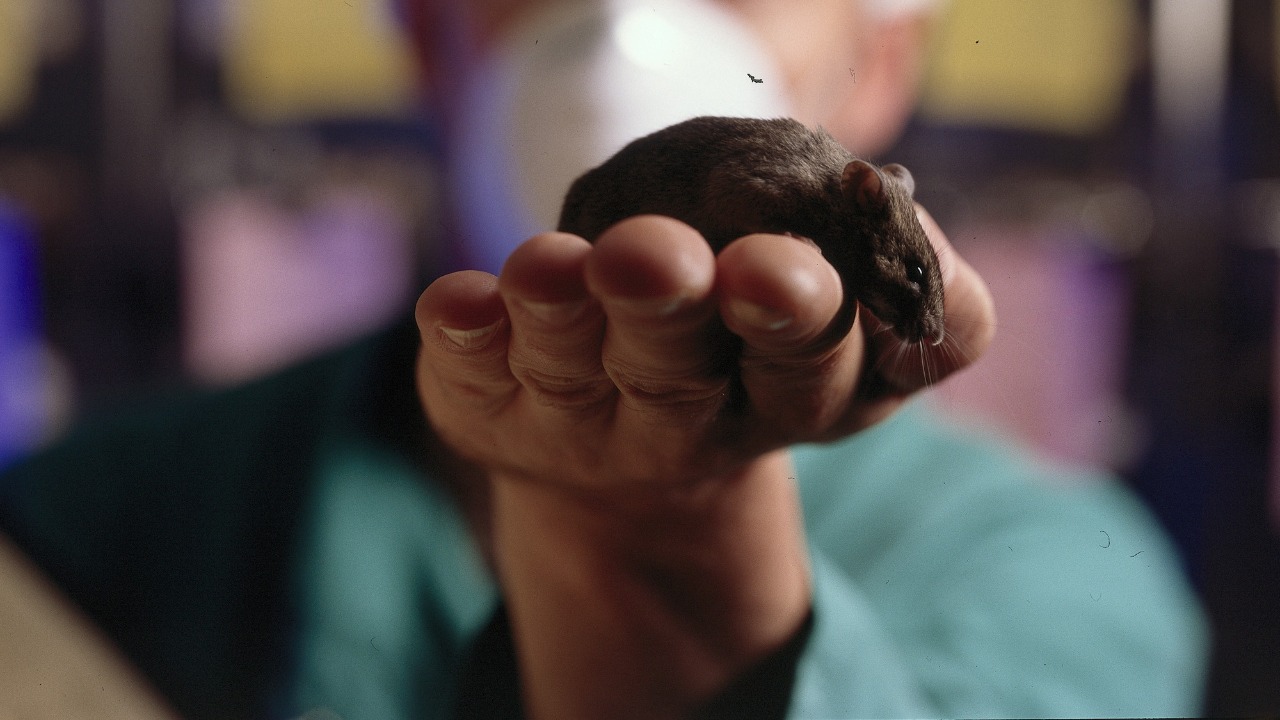
Conservation Strategies
De-extinction technology holds promise for conservation efforts, offering new tools to protect endangered species. By applying the same genetic and reproductive techniques used in de-extinction, scientists can bolster populations of threatened animals and enhance their genetic diversity. This could improve the resilience of endangered species, helping them adapt to changing environments and resist diseases.
Moreover, de-extinction initiatives can raise public awareness and support for broader conservation goals. By capturing the imagination of the public, these projects can inspire greater interest in preserving biodiversity and protecting natural habitats. However, it is essential to balance the excitement surrounding de-extinction with realistic assessments of its potential impact and limitations.
Public Perception and Support
Public perception plays a critical role in the success of de-extinction projects. Widespread support can drive funding and policy changes, enabling researchers to pursue ambitious goals. Engaging with the public through transparent communication and education is vital to build trust and understanding of the scientific and ethical aspects of de-extinction.
As the field progresses, it will be important to address public concerns, such as the potential risks of releasing de-extinct animals into the wild and the prioritization of resources. By fostering an informed dialogue, scientists can ensure that de-extinction efforts align with societal values and contribute positively to conservation and biodiversity.